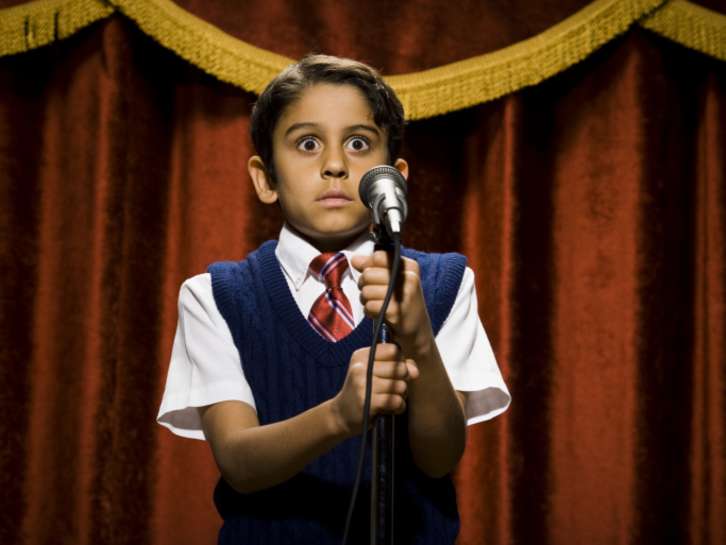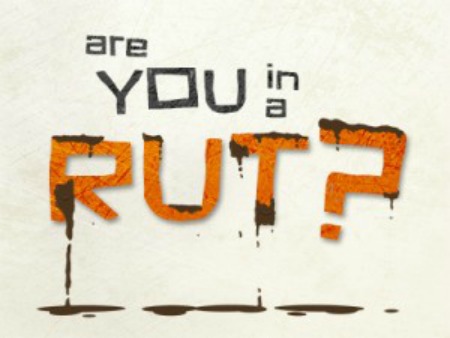Would Worry Help?
From Volume 10, Issue 2:In the movie, Bridge of Spies, lawyer James Donavan (played by Tom Hanks) is astonished when his client, Rudolf Abel, an accused Soviet spy (played by Mark Rylance) remains calm while facing the death penalty in the United States.
Abel repeats: “Would it help?” three times during the movie, all while facing incredible psychological pressure. In addition to the death penalty scene, Donavon asks: “Do you never worry?” when Abel admits that he’s not an American citizen, and might not be a Soviet citizen either. Again, the same response: “Would it help?” The third time it happens is when the prisoner exchange is about to occur and Donavan asks: “Are you not worried that your own people might shoot you?” Again, he responds: “Would it help?”





